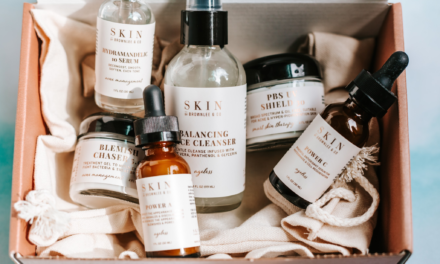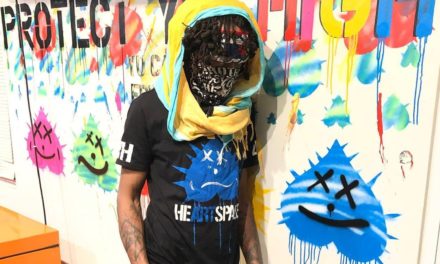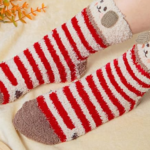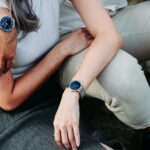When thinking about the fashion industry, more specifically, who runs it: the designers, the models, the celebrities, our minds are immediately drawn to younger faces. Brands want young models to walk the runways in their clothes. Investors want to see bright, young designers with a fresh eye and a long career ahead of them. For decades, the fashion industry has shunned away the idea that older people can be a cog in the machine. While the fashion industry in the last couple of decades has pushed to be more inclusive, there is still plenty of work to be done. The purpose of fashion is for all to feel good in their skin, wear what makes them comfortable, and feel like their most authentic selves, regardless of age.
While the fashion industry is muddled with figures who seem to have inherited their positions, plenty still works their way from the bottom up. In some cases, it takes decades. As for fashion maverick Vivienne Westwood, she wasn’t taken seriously as a designer until she was in her thirties when she married designer and boutique owner Malcolm McLaren and the two opened up their clothing boutique in Chelsea, London. Though she always had an interest in and a talent for fashion design, Westwood had to wait quite a long time before she was seen as a force to be reckoned with. Westwood is best known for contributing to the 1970’s punk rock fashion scene because she designed the clothing for the popular rock group Sex Pistols. Made up primarily of the boutique’s employees and managed by McLaren, the group took off and, subsequently, their style impacted how ordinary people dressed. The punk style that Westwood popularized symbolized fighting back against authority, in this case, the British monarchy. The class consisted of ripped t-shirts held together with safety pins, all sorts of leather garments, combat boots, etc. The point was for it not to look perfect. Westwood’s career skyrocketed after this and gained even further popularity in the 80s and 90s. Although she was already considered an older designer, she pioneered a style that younger generations loved but could still maintain a hold on older audiences effectively. In her opinion, Westwood has claimed that older people are always more stylish and feels like the individual style of the younger generations nowadays is declining due to the rise of fast fashion. She says, “you’re never too old to be stylish.”
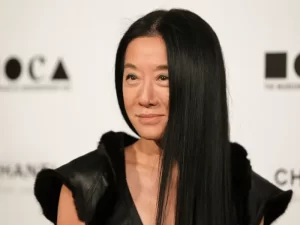 Vera Wang, one of the most prominent designers today, didn’t design her first wedding dress until she was forty. Though she was a relevant figure in the industry, having been the youngest editor in Vogue history when she was hired immediately after graduating from Sarah Lawrence College and staying there for seventeen years, and subsequently working for Ralph Lauren, Wang didn’t strike out on her own until much later in her life. She claimed that, of course, it was daunting to leave her job and start a whole new business at her age. Ageism has also had a firm hold on Wang throughout her career, given her youthful appearance, even at the age of seventy-two. During the COVID-19 lockdowns, Wang shared a photo of her on social media showing her physique in a workout outfit. What surprised her the most was the amount of attention it got from people being surprised that she could look that good for her age. She has always designed for celebrities and claims that she has worked in fashion since she was nineteen
Vera Wang, one of the most prominent designers today, didn’t design her first wedding dress until she was forty. Though she was a relevant figure in the industry, having been the youngest editor in Vogue history when she was hired immediately after graduating from Sarah Lawrence College and staying there for seventeen years, and subsequently working for Ralph Lauren, Wang didn’t strike out on her own until much later in her life. She claimed that, of course, it was daunting to leave her job and start a whole new business at her age. Ageism has also had a firm hold on Wang throughout her career, given her youthful appearance, even at the age of seventy-two. During the COVID-19 lockdowns, Wang shared a photo of her on social media showing her physique in a workout outfit. What surprised her the most was the amount of attention it got from people being surprised that she could look that good for her age. She has always designed for celebrities and claims that she has worked in fashion since she was nineteen 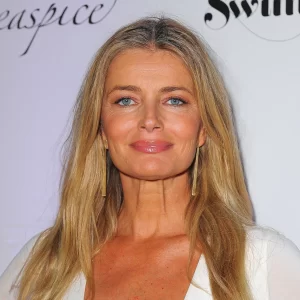 and “never thought about age because she was designing for the most beautiful women in the world.”
and “never thought about age because she was designing for the most beautiful women in the world.”
As per the modeling industry, model Paulina Porizkova claims that ageism is still prominent in today’s fashion landscape despite its efforts to appear more inclusive. She claims she has seen an attitude shift towards her from the industry as she ages. However, she feels she’s at her very best and is not ready to let anyone tell her that she needs to stop doing what she loves because of how she looks. There is still plenty of work in this industry to create “ageless fashion” and allow everyone to have a seat at the table, no matter how they look.

